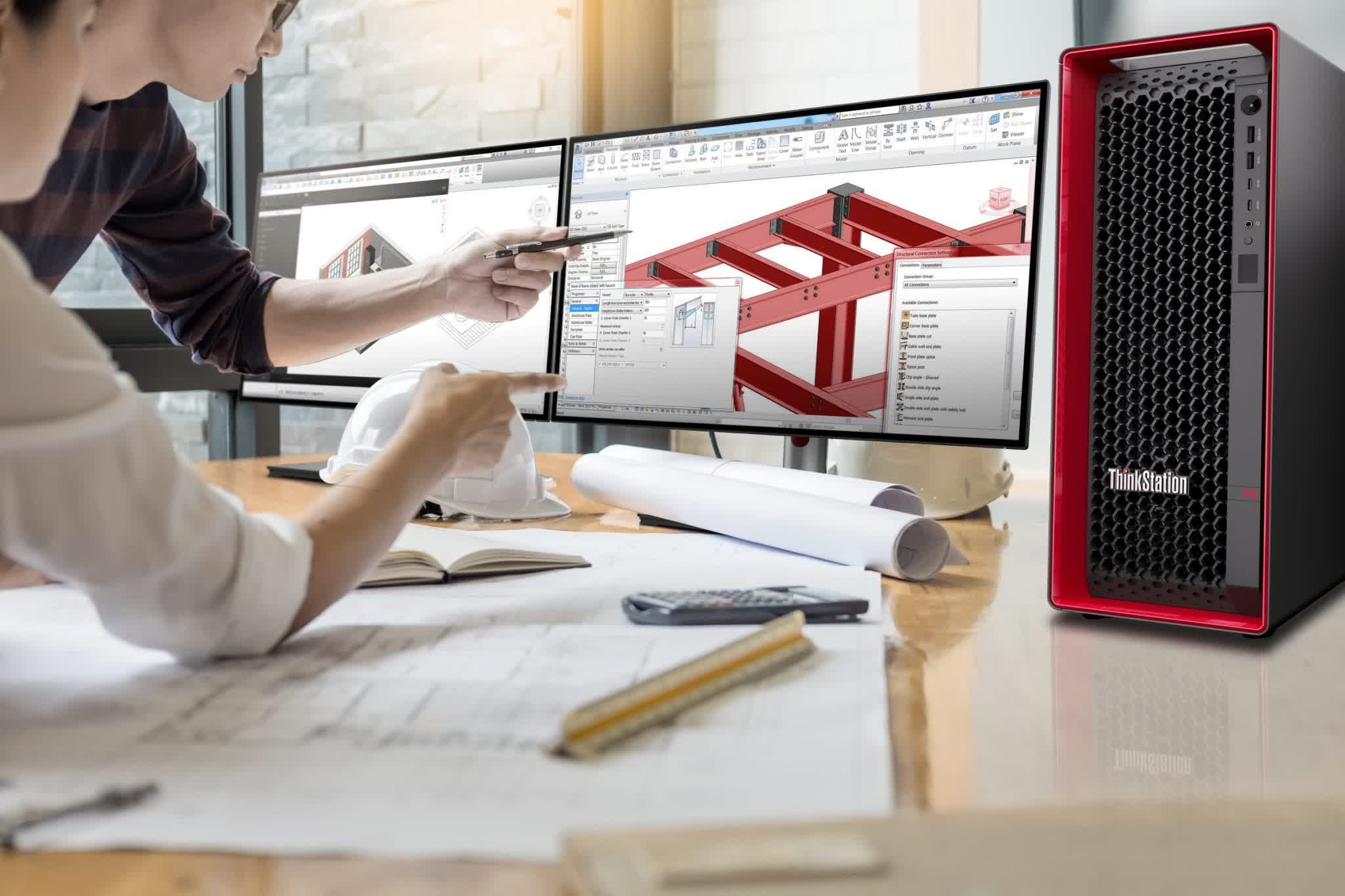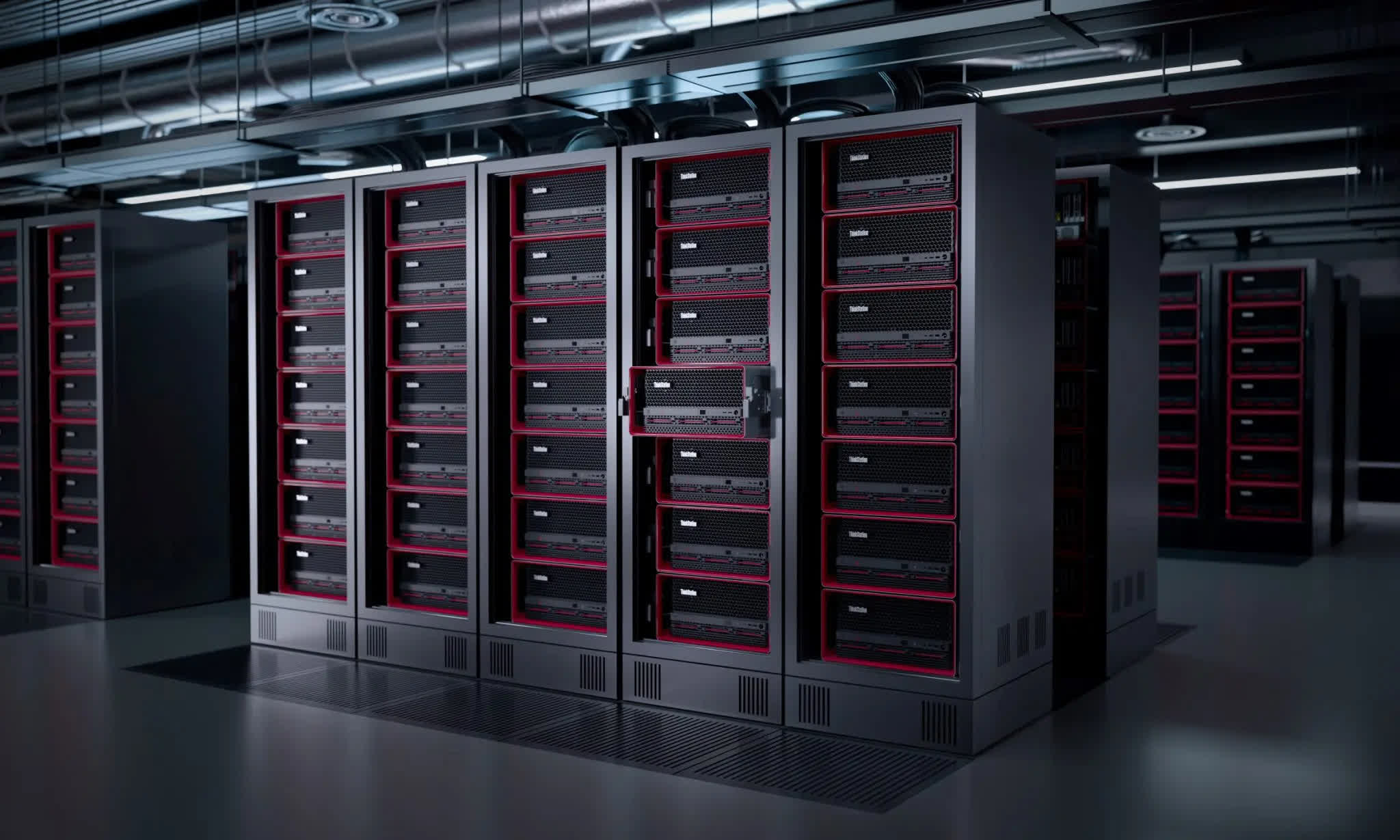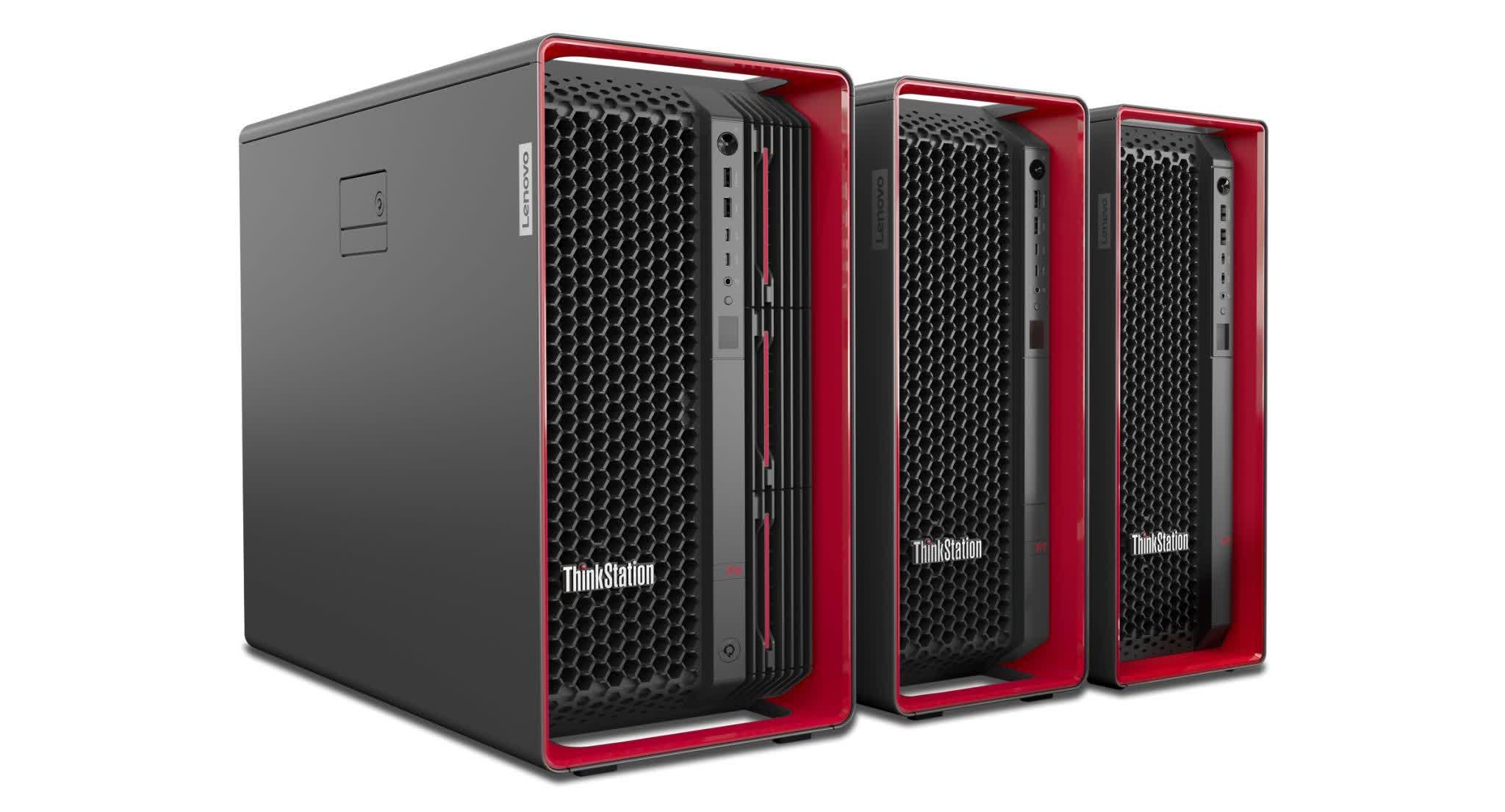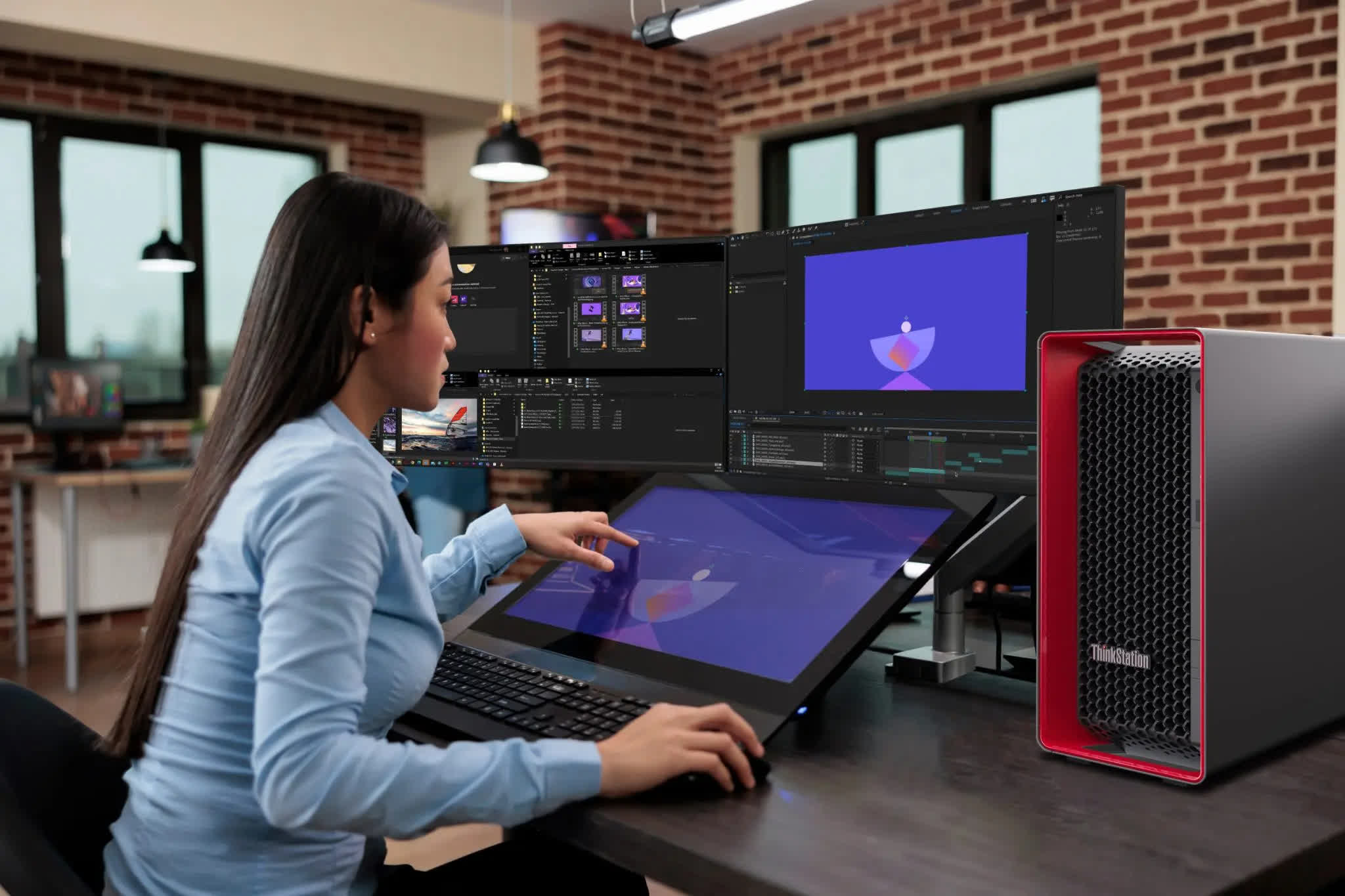Why it matters: While they certainly don't get the attention of PCs, workstations play an incredibly important role in the world of enterprise computing. And truth is, people using these high power devices often get to do many of the coolest computing-based tasks you can imagine. Take, for example, bringing animated movies to life just outside Hollywood, or designing sports cars in a tiny village in the West Midlands region of the UK.

Lenovo was clearly thinking along those lines when they chose to unveil their latest desktop workstations this week at DreamWorks Animation Studio along with its customer and design partner Aston Martin. The timing was particularly fortuitous because DreamWorks is currently up for an Oscar for Best Animated Feature Film for Puss in Boots: The Last Wish.
At the event, Lenovo emphasized the multi-year connection they've had with DreamWorks, starting with the ThinkSystem servers the studio now uses to run its entire operation from rendering animations to running business processes.
It turns out DreamWorks was drawn to the company's Neptune warm water-cooling technology—now in its fifth iteration—which Lenovo uses to cool both CPUs, storage and now GPUs—in its servers. It proved to be particularly attractive to DreamWorks because of the ever-increasing demands for performance (and the resulting power draw increases) they had along with a space-limited data center.

The Neptune-equipped Lenovo servers allowed DreamWorks to offer more performance in less space and reduce their power consumption at the same time—a compelling combination.
The server relationship then allowed the company to open discussions around workstations and DreamWorks chose to replace its previous machines with Lenovo's ThinkStation P920, P720 and P520. Future purchases, however, will likely be made from the real star of the event, Lenovo's new desktop workstation line, including the PX, P7 and P5.
These new models incorporate the latest workstation-focused CPUs and graphics cards, including Intel's 4th-gen Xeon Scalable, brand new 4th-gen Xeon W and 13th-gen Core CPUs, and Nvidia's Ada generation RTX 6000 graphics cards.
What was particularly distinctive about this launch, however, was that it was the first major desktop workstation case redesign for the company in nearly a decade. Most notably, it was done in conjunction with British sports car company Aston Martin, who happen to be users of Lenovo's workstations as well.
The ThinkStation PX, P7 and P5 workstations
While that may initially sound like an odd combination, it turns out it actually works on several different levels. As the Aston Martin representative succinctly put it, "both companies like to build things that look cool and go fast, but still need to be kept cool for best performance."
Visually, the impact of the partnership is immediately apparent. The new ThinkStation P line features a 3D hexagonal design-based front grill that is very reminiscent of Aston Martin's DBS Superleggera front grill. More than just an attractive add-on, however, the new grill design actually increase the air intake into the machine, allowing it to cool its hot, power-hungry main components even more efficiently. To help with that process, the PX also includes a new manifold-like element that directs the incoming air to the right parts of the machine.
The increased airflow is particularly important on the top-of-the-line PX model, which is one of the first mainstream workstations to support up to 4 full-length, full power Nvidia RTX 6000 Ada graphics cards along with two CPU sockets that each support Intel's latest 60-core 4th-gen Xeon Scalable (a part typically associated with servers).
Together, these six components along with the rest of the system require so much power that they can only connect to outlets that are powered by a 20-amp circuit. Lenovo powers the system with two independent power supplies that are ganged together. On systems that don't offer this full configuration (and therefore don't need as much power), the two power supplies are hot-swappable for easy maintenance and longer uptime. For organizations who do want or need that level of performance, however, the PX can be turned on its side and operate as a 5U rack-mounted workstation.
In addition to the PX, Lenovo also unveiled the smaller ThinkStation P7 and the P5 with support for both Intel 4th-gen Xeon W, including the 56-core Xeon W9-3495X and 13th-gen Core CPUs and Nvidia's RTX 6000 GPUs. The P7 can hold one Xeon W-3400 CPU and up to three of the RTX 6000 cards, while the P5 supports up one Xeon W-2400 CPU and two RTX 6000s.
In addition to the slick new grill design, the three machines offer subtle Aston Martin design elements such as red details that highlight where a machine can be opened, accessed, or carried. As part of the tool-less design, the panel to get into workstations is inspired by Aston-Martin's flush car door handles. In the best kind of way, they are design components that manage to be both functional and attractive at the same time.
From a tech perspective, all three machines include support for PCIe gen 5 slots, up to 9 drives, and up to 2 TB of DDR5 memory. Most importantly for the workstation market, all these systems are ISV certified, ensuring that critical applications will run on them.
As with premium sports cars, workstations aren't ever going to be a mainstream option. But for the organizations or users who demand the best possible performance for their applications, there's just nothing else like them. With the latest Aston Martin design inspired ThinkStations, it's clear Lenovo is eager to not only compete in the race but has its eyes on the checkered flag.
Bob O'Donnell is the founder and chief analyst of TECHnalysis Research, LLC a technology consulting firm that provides strategic consulting and market research services to the technology industry and professional financial community. You can follow him on Twitter @bobodtech.
https://www.techspot.com/news/97879-lenovo-revs-desktop-workstations-co-designed-aston-martin.html

